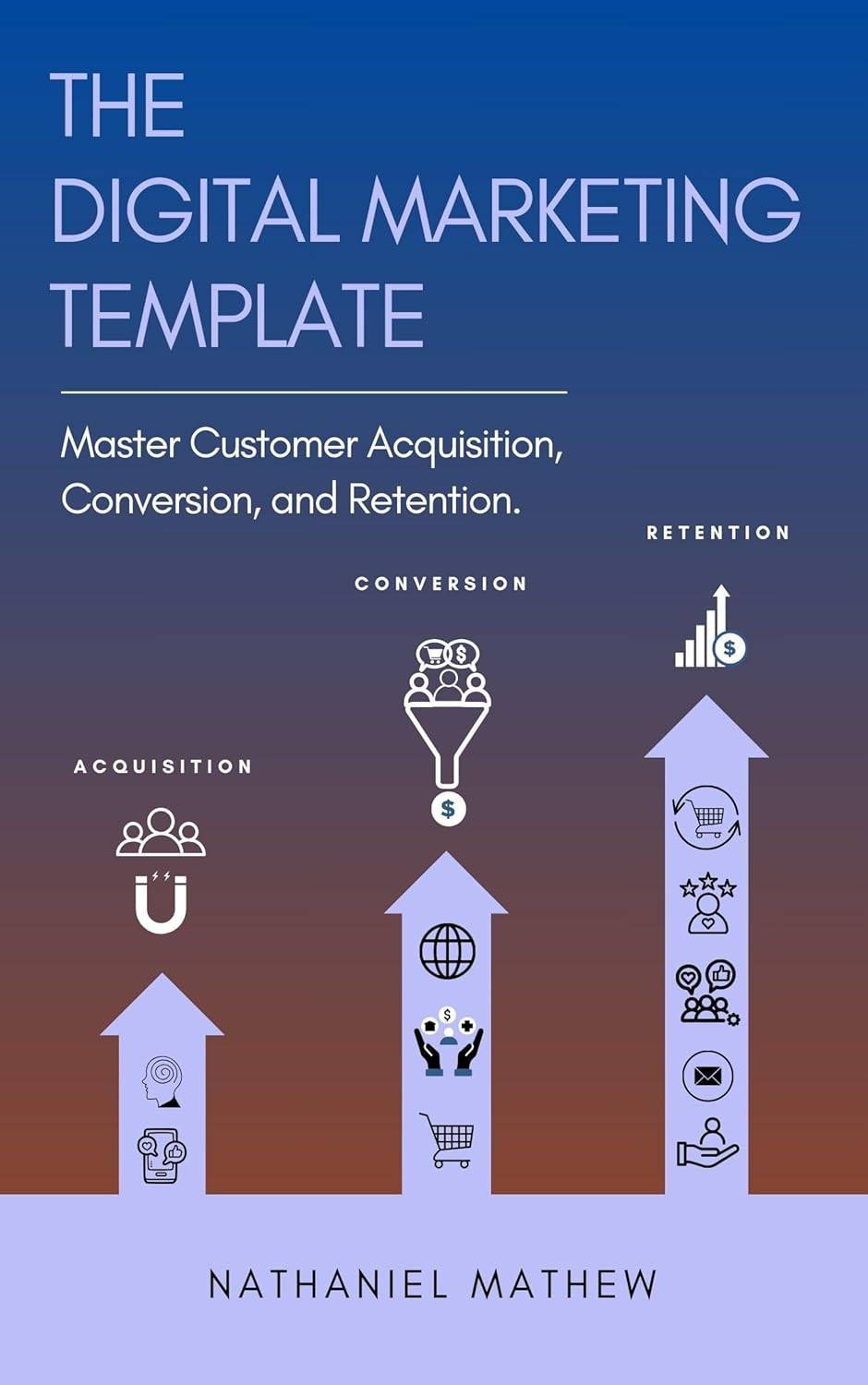Finding Long-Tail Keywords That Actually Rank in 2025
Learn how to discover and use long-tail keywords that bring in targeted, low-competition traffic.
Last updated: May 18, 2025

Finding Long-Tail Keywords That Actually Rank in 2025
Introduction
Long-tail keywords are the foundation of most successful SEO strategies in 2025. This guide shows you how to find and use them in a way that actually drives traffic - without targeting impossible head terms or wasting time on no-volume fluff.
TL;DR
Long-tail keywords are the secret to ranking and converting in 2025. Use Google tools, forums, and SERP mining to find specific, low-competition phrases, then build focused content that answers real user needs—this is what both AI and people want.
Recommended Reading
Why This Topic Matters
Most new or niche sites can't rank for broad keywords. But thousands of low-competition long-tails go unused. Targeting these lets you earn traffic and build topical authority over time - especially with the rise of conversational search.
Step 1: Understand What Long-Tail Means
Long-tail keywords:
- Are 3+ words long
- Tend to have lower search volume
- Indicate specific intent (e.g. "best vegan protein powder for teens")
They're not just "long phrases" - they're specific, valuable, and easier to win.
Step 2: Use Autocomplete and PAA
Type a broad term into Google. Look at:
- Autocomplete suggestions
- "People also ask" questions
- Bottom-of-page related searches
Collect queries that show clear problems or needs.
Step 3: Mine Forums and Reddit
Look at:
- r/SEO, r/AskDocs, r/PersonalFinance, r/Fitness, etc.
- Niche forums or Quora
Use search operators like site:reddit.com "best way to..." to uncover how people phrase their problems.
Step 4: Validate With Volume and Intent
Use free or low-cost tools:
- Keywords Everywhere
- AlsoAsked
- Ubersuggest
Look for keywords with:
- Some search volume (even 10–30/month is OK)
- Clear search intent (how-to, best, vs, etc.)
Step 5: Build Focused, High-Quality Pages
Don't sprinkle long-tails randomly. Instead:
- Create one page per tightly themed group
- Use the keyword in the H1, URL, and early in the content
- Answer the intent fully and clearly
Add internal links and optimise for readability.
Other Common Issues
Choosing zero-volume keywords blindly: Use volume as a filter - not gospel. Overusing one-word variations: Each page should solve a focused query. Ignoring search intent: A long-tail with unclear intent won't convert.
Recommended Tools
Google Autocomplete – Still the best free seed generator. Keywords Everywhere – Easy volume and CPC overlay. AnswerThePublic – Visual keyword discovery. AlsoAsked – Maps PAA question hierarchies. LowFruits.io – Finds weak competition SERPs.
When to Hire Help
Hire an SEO copywriter or strategist if:
- You don't have time to build out long-tail clusters
- You're in a technical niche that needs subject expertise
- You want to scale programmatic long-tail content
Final Takeaway
Long-tail keywords are a long game - but they work. Start small, stay specific, and build trust with both readers and Google.



